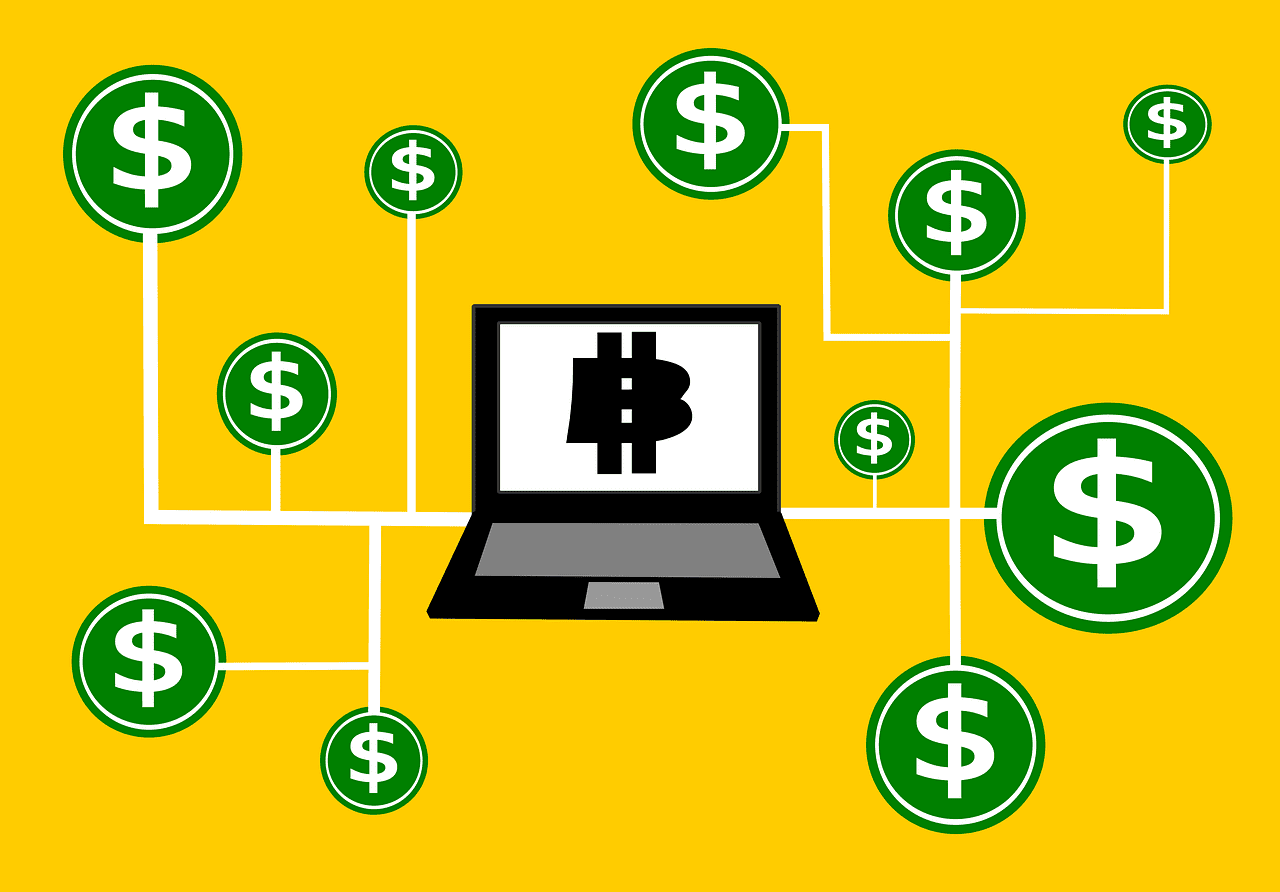Content
A good analogy for a deeper understanding of what a liquidity pool is in crypto is the order book. To better understand what a liquidity pool is in crypto, we need to understand its underlying technology. In some cases, there’s a very high threshold of token votes needed to be able to put forward a formal governance proposal.

Investors can sometimes stake LP tokens on other protocols to generate even more yields. If hackers are able to find a bug in the smart contract, they can theoretically drain the liquidity pool of all its assets. After the period of lockup has elapsed, you, as a liquidity provider, will be rewarded with liquidity pool tokens according to your selected trading pair and liquidity pool platform.
Popular Liquidity Pools
Although there are no intermediaries managing your assets, the contract itself might act as the custodian. Thus, you can lose funds forever in case of some flaw in the system, such as a flash loan. Remember, these can be pool tokens, that is, tokens from other liquidity pools. For instance, assuming you’re giving liquidity to Uniswap or loaning assets to Compound, you’ll get tokens that address your portion in the pool.
- If you want professional development services for DeFi platforms, LeewayHertz is the ideal choice.
- If you withdraw your tokens at this point, you get 10% of the pool, which is $1200.
- From the inception of capitalism, banks have played a significant role in the economy.
- By providing a steady supply of buyers and sellers, liquidity pools ensure that trades can be executed quickly and efficiently.
- Its minimal trading fee is another feature that sets Uniswap apart as one of the best liquidity pools.
- Each pair becomes a specific market, and those who provide liquidity are rewarded with part of the fees generated by the trades that occur in that liquidity pool.
- So, instead of a peer-to-peer, we have the peer-to-contract system on the liquidity pool.
A Bitcoin ETF, or exchange-traded fund, is a type of investment fund that tracks the price of Bitcoin and a… Making sure the liquidity pool has a transparent governance structure and decision-making processes. Checking to see whether the liquid asset pool is supported by a strong developer community and has an active user base. Users with faster connections could see and execute trades before users with slower connections.
Liquidity pools vs. order books
Until DeFi solves the transactional nature of liquidity, there isn’t much change on the horizon for liquidity pools. A deep dive into Trader Joe — a decentralized exchange that recently launched their V2.1 upgrade, enhancing their liquidity book model, introducing auto-pools and more. Liquidity pools with assets of low volatility such as stablecoins experience the least impermanent loss. Order books, however, require the intervention of the platform and traders involved in the exchange before traders can release assets to the appropriate people. Providing liquidity is the protocol for every day at curve finance.
Liquidity mining also presents a productive solution for the distribution of new tokens to the right people in different crypto projects. The algorithmic distribution of tokens to users who have placed their tokens in liquidity pool provides better efficiency. Subsequently, the newly minted tokens are distributed according to the share of each user in the liquidity pool. Deposits in the KeeperDAO liquidity pool account for a 0.64% fee, deducted from the asset provided in the pool.
What is Impermanent Loss in Crypto?
For the trade to occur, both buyer and seller have to agree on the price. The pool’s trading activity has a formidable impact on the pricing of the asset. In case of variation of the asset’s price with respect to the global market price, arbitrage traders could use it to their advantage. In addition, pricing algorithms in liquidity pooling could also lead to concerns of slippage for smaller pools.

It is an essential part of automated market makers , borrow-lend protocols, yield farming, synthetic assets, on-chain insurance, blockchain gaming and more. Some users referred to as liquidity providers could add the equivalent value of two tokens in a specific pool for creating a market. Liquidity providers could earn the trading fees from all transactions carried out in their pool. Interestingly, the trading fees depend directly on their share in the total liquidity. The easier process of becoming a liquidity provider has also improved the accessibility of market-making with Automated Market Makers or AMMs.
Examples of Mandatory Liquidity Pool in a sentence
If a liquidity provider takes out its crypto before its value has increased, it will lose out on making more profit. You can also still receive rewards from other liquidity pool trading pairs until the balance is restored. Liquidity pool definition — A liquidity pool is a platform where a pool of cryptocurrencies or tokens are crowdsourced and locked in a smart contract. And while being locked, they are being used as sources for loans for exchanges, and other applications. As we’ve mentioned, a liquidity pool is a bunch of funds deposited into a smart contract by liquidity providers. When you’re executing a trade on an AMM, you don’t have a counterparty in the traditional sense.
Common DeFi exchanges that use these tokens on the Ethereum network (ERC-2) are Uniswap and SushiSwap, while PancakeSwap uses BEP-20 tokens on the BNB Chain. Liquidity pools play a significant role what is liquidity mining in providing liquidity in illiquid markets and boosting the DeFi ecosystem. The low liquidity that peer-to-peer exchanges offer can slow down the speed of transactions in financial markets.
Kyber Network
It’s important for investors to be aware of the risks and take appropriate measures to protect their investments. This includes performing due diligence before investing in a pool. High gas fees made it difficult for smaller traders to participate in the market.
What is a good liquidity pool?
A centralized exchange requires many people to keep liquidity stable and execute trades. The core technology behind the current DeFi ecosystem is liquidity pools. They form a fundamental piece of yield farming, lend-borrow protocols, automated market maker , engineered resources, on-chain protection, blockchain https://xcritical.com/ gaming, and so on. This means that with the liquidity pool, no direct counterparty is needed for trade to get executed. Liquidity pools offer incentives to investors in exchange for locking up tokens in the pool. Most often, incentives come in the form of trading fees from the exchange that utilizes the pool.